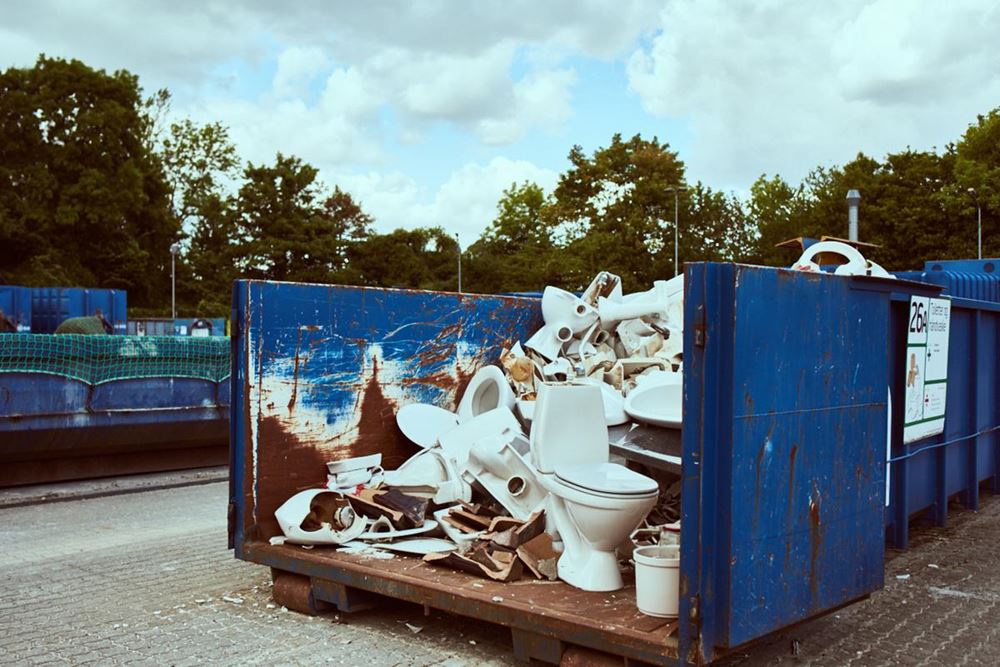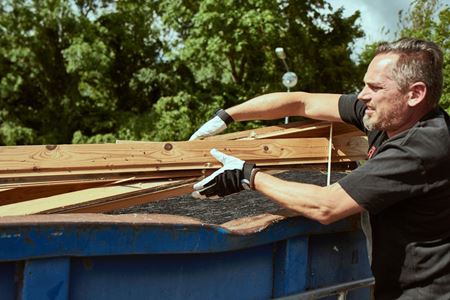Odense Waste Management Ltd. operates 8 recycling stations for private households and smaller enterprises. The citizens sort their waste into more than 40 categories which all have their own container.
In Odense it is easy to get rid of waste in the right way at the right place. Each neighbourhood has a station within only a few minutes drive. The recycling stations are all layed out as a horse shoe. The containers have signs which show exactly what to put in and what not to put in each container.
87 % is recycled
The inhabitants of Odense have reached one of the country's highest levels of recycling: 87 % of the bulky waste is recycled. The rest is incinerated for energy production and only a small percentage is landfilled.
From 5 to 40 waste fractions
Containers for the following fractions are available at the recycling stations. 40 different containers might seem overwhelming, but for the citizens of Odense it has become natural to sort the waste into many fraction. We started in late 1980s with 5 containers at each station and within those 30 years development in recycling technology has made it possible to recycle even more materials.
Waste fractions at the recycling station
At the moment these are the waste fractions. However, as soon as a new buyer for a certain type of waste turns up and shows interest in recycling the waste, we are ready to consider putting in another container, if it benefits the environment.
- CD and DVD
- Printer cartridges
- Paper
- Books
- Cardboard
- Styrofoam
- Windows
- Flat glass
- Double-glazed windows with PCB (Only at Havnegade)
- Glass
- Small electronics
- TV sets & screens
- Metal
- Beverage cans
- Large electronics
- Refrigeration equipment
- Soft plastics
- Rigid plastics
- Asbestos
- Garden waste
- Roofing felt (At Havnegade, Niels Bohs Allé, Snapindvej, Energivej and Rugårdsvej)
- Upholstered furniture
- Wood - indoors
- Tyres
- Residues after separation
- Asphalt (Only at Havnegade and Rugårdsvej)
- Stone & grave
- Plaster
- Landfill
- Mineral wool
- Wood - outdoors
- Concrete
- Sanitary ware (Havnegade, Snapindvej, Holkebjergvej, Energivej and Rugårdsvej)
- Demolition waste with PCB (Only at Havnegade)
- Reuse
- Paper for shredding (Havnegade, Snapindvej, Rugårdsvej)
- Automotive batteries
- Batteries
- Fluorescent tubes
- Light bulbs
- Cables & wires
- Whole bricks (Havnegade, Snapindvej, Holkebjergvej, Energivej and Rugårdsvej)
- Clothing

